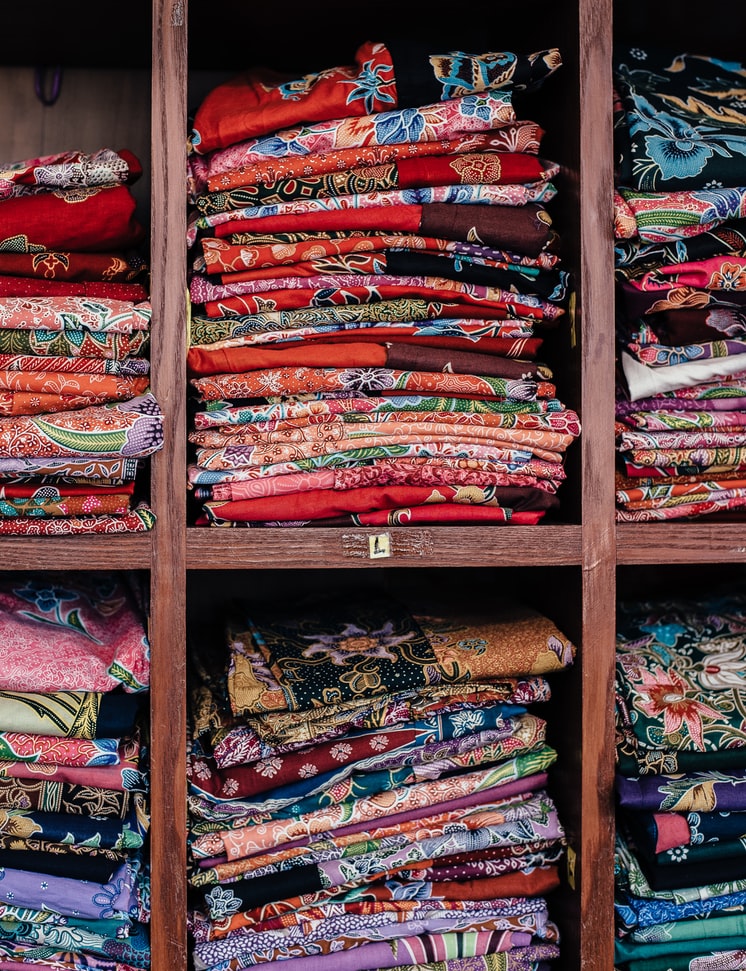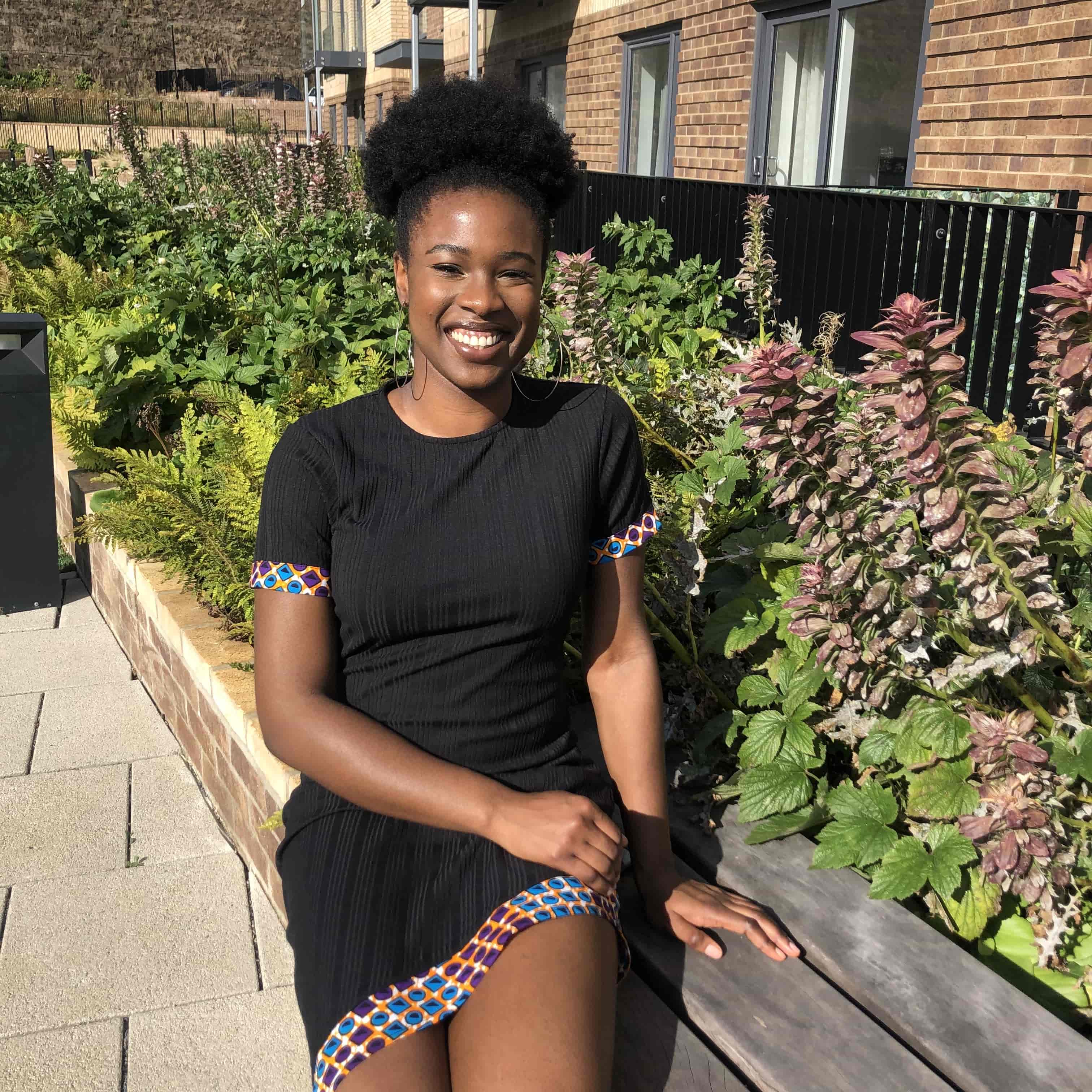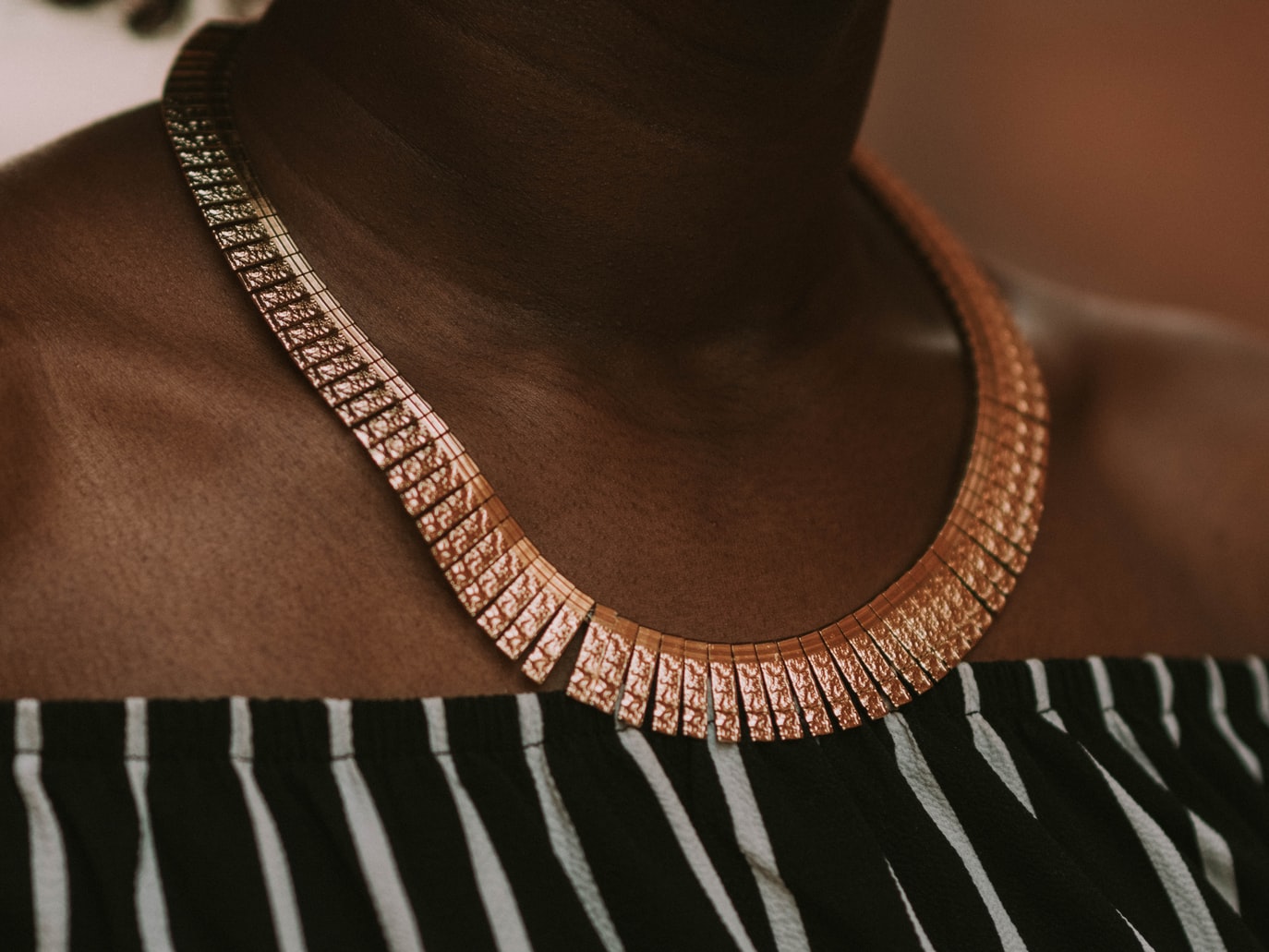
The A-Z of All the African Textiles You Should Know About
Since history can remember, Africa has been bursting with artistic talent, inventiveness, and creativity when it comes to fabrics and textiles. These speciality materials are notable for their durability and versatility and are often used to make covetable Afrocentric statements all over the world.
Read on to discover the A-Z of all the African textiles you should know about today.
Adire
Adire is a tie-dyed material traditionally prepared by Yoruba women. Adire styles can be found in both fitted and ready-to-wear clothing. Take this cloth to your tailor and have something tailored just for you. You can also bring ready-made items to textile artisans to have them Adire-ed.
Ankara
For the Indonesian textile market, the Dutch invented the Ankara cloth utilizing the 'Batik' process. It is also known as a Kitenge/Chitenge wax print or a Dutch wax print. It is famous for its vibrant African prints that convey narratives. Today, the Ankara textile is used to make a range of clothes and accessories.
Aso Oke
Known as the “top cloth,” the high-status Aso Oke is a Yoruba handwoven textile. It is used to manufacture agbada and fila (hat) for men, as well as African clothing for women such as Iro, Buba, and Gele.
For decades, the construction of this cloth has remained unchanged. Manufacturing has pioneered new methods for lowering the thickness and providing a touch of informality.
Barkcloth
This is a traditional Ugandan fabric. Broussonetia papyrifera, Artocarpus altilis, and Ficus natalensis trees were used to make this product. To make this cloth, wet strips of the tree's fibrous inner bark are pounded into sheets. They are then turned into various products.
Bogolan
This is referred to as “mudcloth” made by the Bambara tribe of Mali. The Bambara term for this textile translates as "made of muck." It is one of the few African textiles made entirely from natural colours derived from dried plants and fruits.
Mudcloth is a flexible fabric that can be used for art, decoration, and apparel. The fully handcrafted textile is woven cotton dyed with roots, barks, leaves, and wild grapes. Depending on the weather, the completed process takes between four and seven days to complete.
Isi Agu
Isi-Agu translates as "lion" in Igbo, and it is a textile decorated with lion head designs. It is commonly used to make a tunic blouse with either long or short sleeves. Historically, this clothing was given to a man who was awarded a chieftaincy title. In most cases, the outfit is combined with a red fez or an Igbo leopard cap (Okpu Agu).
Kanga
An East African cotton fabric, Kangas can also be used to make baby carriers, home decor, clothes, and head wraps. Inscribed in this textile are wisdom, blessings, friendship, and Swahili terms–all of which contribute to its simple yet striking beauty.
Kente
Kente is a handwoven silk and cotton fabric from Ghana. Derived from the Akan word "kenten," which translates as "basket," Kente was traditionally worn by kings for religious and ecclesiastical purposes. It has become a global symbol of African descent. Furthermore, the colours of Kente cloth have symbolic meanings. White represents purity and sanctity, whereas black represents despair.
Kikoy
Only Kikoy Tanzanians and Kenyans have access to this substance. It is composed of cotton and is handcrafted. This material is then processed and used to manufacture wrappers and beach towels.
Ukara Ekpe
The traditional Nigerian fabric Ukara Ekpe is woven in Abakaliki. In Igbo-speaking towns, male nsibidi artisans create symbols and themes for this textile. Previously, Ukara Ekpe was connected with wealth and power among titled men and elderly women.
Ukara Ekpe is a woven cloth in blue, green, or red. This cloth is embossed with masks, metal rods, moons, trees, stars, feathers, and hands in friendship, battle, and work.
Shweshwe
Available in various colours and geometric patterns, the Shweshwe is worn in traditional South African attire. Named after Lesotho's King Moshoeshoe I (also known as 'Moshweshwe') in the 1840s, French missionaries presented the king with this cloth. Shweshwe is also sometimes known as tartan or denim in South Africa.
Africa's textiles boast colours and patterns that are complex and distinct. More than its aesthetic, its style is a record of African culture, customs, and design history. These materials are also adaptable and can be utilized for communication. For Africans, their textiles contain messages, show symbols, and memorialize significant events, among others.
Are you looking for African clothing in the UK? Nkiti African Attire is a British fashion label that focuses on casual African clothing. Here, we design unique, high-quality clothes to honour our legendary African forefathers. Now is the time to place your order and take advantage of the international shipping offer!
If you enjoyed reading this, feel free to follow us on Instagram and subscribe to our mailing list to stay updated on blog posts like this!




Leave a comment
This site is protected by hCaptcha and the hCaptcha Privacy Policy and Terms of Service apply.